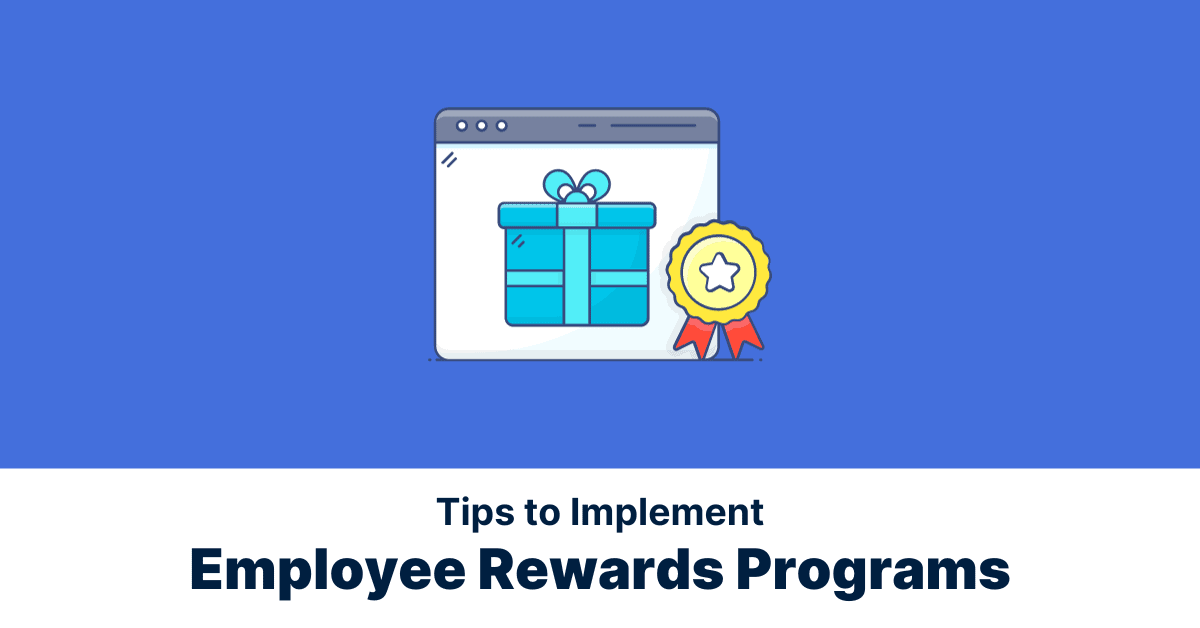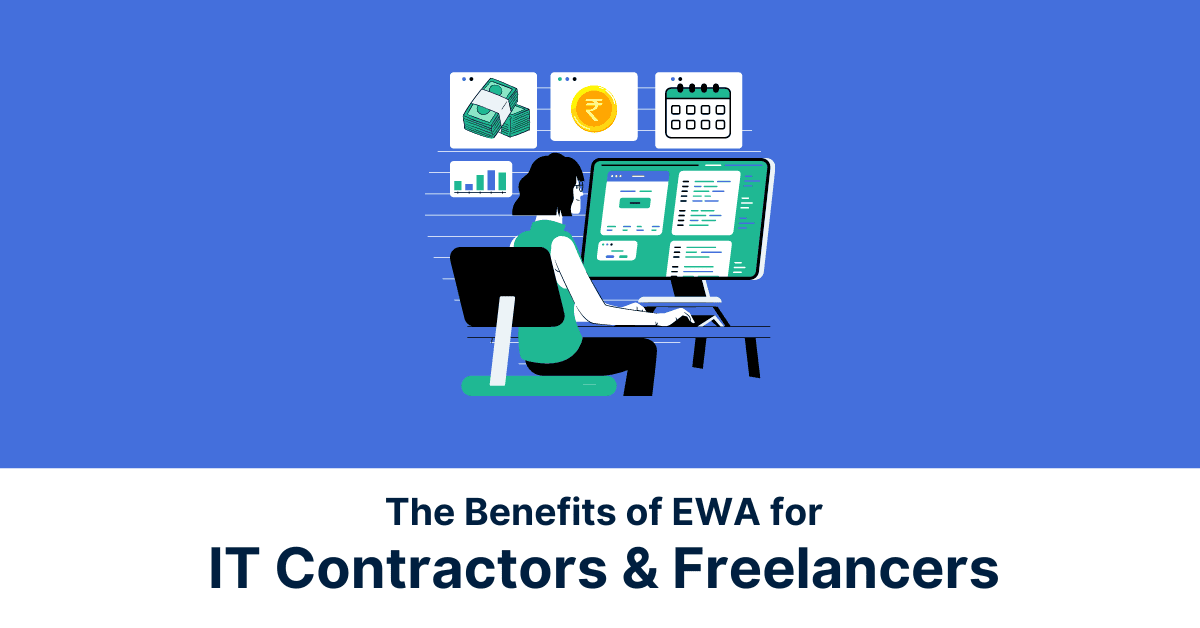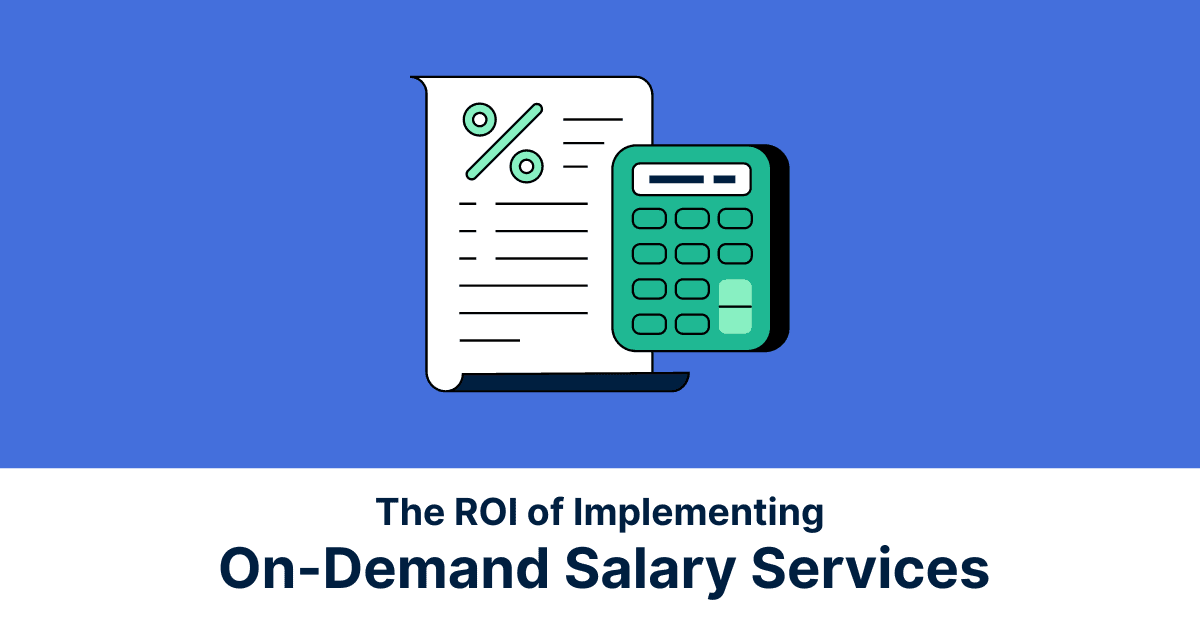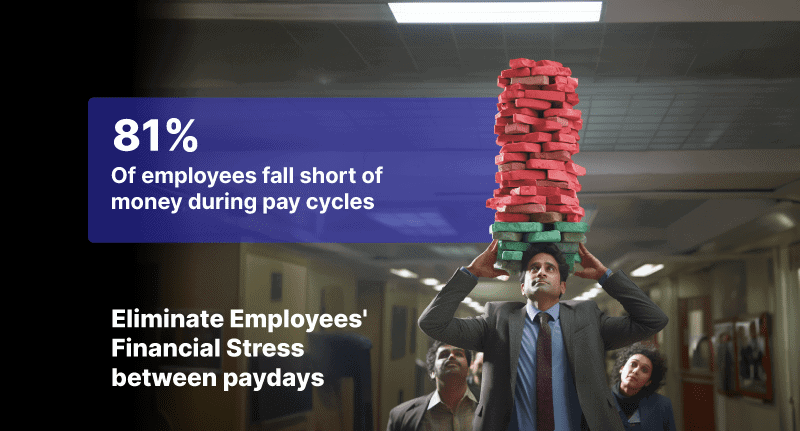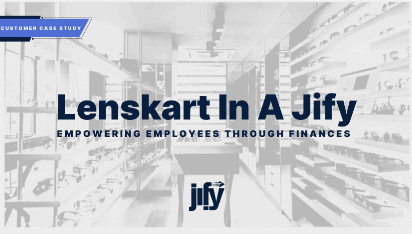In the rapidly evolving landscape of modern businesses, one factor remains constant: the value of an engaged and motivated workforce. Employee rewards programs have emerged as essential tools for achieving this goal. These programs not only boost employee morale but also contribute significantly to increased productivity, enhanced job satisfaction, and improved employee retention rates, thereby leading to an overall sustainable increase in organisational yield.
What is an Employee Recognition Program?
An employee recognition program, also known as an employee rewards program, is a structured initiative designed to acknowledge and reward employees for their contributions, achievements, and exceptional performance within an organization. The benefits of employee recognition and rewards programs are that they help create a positive and motivating work environment by celebrating the efforts and accomplishments of employees, in turn making them feel like an integral part of the organization.
These programs, though usually come in monetary compensation but are not limited to financial rewards. Employee reward ideas can encompass various forms of recognition, such as verbal praise, awards, certificates, and tangible rewards like hampers, vouchers or gifts.
Types of Employee Recognition Programs
1. Monetary Rewards
Monetary rewards are a direct and tangible way to acknowledge and incentivize exceptional performance and contributions by employees. These rewards can take various forms:
- Bonuses: Monetary bonuses are typically given as a lump sum or a percentage of an employee’s salary. They can be tied to individual performance, team achievements, or company-wide successes. Bonuses are immediate and provide employees with a clear financial benefit for their efforts.
- Cash Incentives: Cash incentives involve providing employees with additional cash as a reward for specific achievements. This can include hitting sales targets, exceeding project goals, or demonstrating outstanding performance in any other measurable area. Cash incentives offer flexibility as employees can decide how to use the extra income.
- Profit-Sharing Schemes: Profit-sharing programs distribute a portion of the company’s profits among employees based on a predetermined formula. This not only rewards employees but also aligns their interests with the organization’s financial success, fostering a sense of ownership and commitment
The benefit of employee rewards programs that are monetary in nature is that they prove to be highly motivating, as they provide immediate financial benefits that employees can use to meet their personal and financial goals.
2. Non-Monetary Rewards
Non-monetary rewards focus on recognizing employees in ways that go beyond their paychecks. These rewards emphasize the value of personal and meaningful gestures of appreciation:
- Gift Cards: Gift cards to popular retailers, restaurants, or online stores allow employees to choose items or experiences that they value, making the reward more personalized and appealing.
- Vouchers: Vouchers for experiences like spa days, concert tickets, or weekend getaways provide employees with opportunities to relax, have fun, or create lasting memories.
- Paid Time Off (PTO): Offering additional paid time off allows employees to enjoy a well-deserved break, spend time with family, or pursue personal interests without worrying about work-related responsibilities.
- Tokens of Appreciation: Small but thoughtful tokens such as plaques, certificates, or custom-made trophies can be displayed in the workplace as a constant reminder of the employee’s achievements. These physical mementoes carry sentimental value and serve as lasting symbols of recognition, as well as a physical representation of the organisation’s commitment to the employee.
Non-monetary employee rewards programs recognize that employees have diverse interests and preferences, and they allow organizations to tailor their recognition efforts accordingly, ensuring that each employee feels genuinely appreciated.
3. Public Recognition
Public recognition is a powerful tool for boosting employee morale and reinforcing a positive workplace culture. It involves acknowledging and celebrating employees’ accomplishments in front of their peers, colleagues, and sometimes even the entire organization. Public recognition can take various forms:
- Meetings and Gatherings: Recognition can be part of team meetings, departmental gatherings, or company-wide events. Leaders can publicly commend employees for their outstanding contributions, setting an example for others to follow.
- Newsletters and Internal Communication: Company newsletters, intranet platforms, internal announcement mails or bulletin boards can feature articles, stories, or spotlights that highlight employees’ achievements. This form of recognition reaches a broad audience and creates a sense of pride among employees.
- Social Media: Organizations can leverage their social media platforms to celebrate employee accomplishments, milestones, or work anniversaries. Sharing success stories on platforms like LinkedIn, X, or Instagram can enhance the organization’s reputation and inspire employees, as it instils in them that they are not only an integral part of the team but are also high-performing asset to the company.
Public recognition not only elevates the recognized employee’s status but also sets benchmarks for others to strive towards, fostering healthy competition and a culture of excellence.
4. Professional Development Opportunities
Recognition doesn’t always have to be immediate or tangible; it can also take the form of investments in an employee’s long-term growth and development. Professional development opportunities demonstrate a commitment to employees’ career advancement and skill enhancement:
- Skill Development Workshops: Offering workshops, training sessions, or courses that enhance an employee’s skills and knowledge can be a valuable form of recognition. This not only benefits the employee but also strengthens the organization’s talent pool.
- Mentorship Programs: Pairing employees with experienced mentors can provide guidance, support, and opportunities for learning and career growth. It shows that the organization is invested in the employee’s professional journey.
- Career Advancement: Providing a clear path for career progression, promotions, or opportunities for employees to take on more significant responsibilities is a form of recognition that acknowledges their potential and contributions.
Professional development opportunities not only enhance employee skills but also promote loyalty and long-term commitment to the organization. They communicate that the organization values its employees’ growth and is willing to invest in their future success.
Benefits of Employee Rewards Programs
1. Boosts Morale and Motivation
Employee recognition serves as a powerful morale booster within the workplace. When employees receive acknowledgement for their hard work, dedication, and accomplishments, it sends a clear message that their contributions matter. This sense of validation and appreciation can have a profound effect on their motivation levels. Employees who feel valued are more likely to approach their work with enthusiasm and a positive attitude. As a result, they remain engaged in their tasks, seeking opportunities to excel and make meaningful contributions to the organization.
2. Increases Job Satisfaction
Job satisfaction is a critical determinant of employee retention and overall well-being. Employee recognition programs contribute significantly to higher levels of job satisfaction. When employees feel valued and appreciated, they are more likely to find fulfilment in their roles. This sense of fulfilment translates into job satisfaction, making them more content with their work environment and less likely to seek opportunities elsewhere. A satisfied workforce is not only more loyal but also more likely to become advocates for the organization, promoting a positive employer brand.
3. Enhances Productivity
Acknowledging and rewarding employees for their efforts can lead to a substantial boost in productivity and overall performance. The intrinsic motivation that arises from recognition can drive employees to put in extra effort to achieve their goals and exceed expectations. They are more likely to take ownership of their responsibilities, seek innovative solutions, and demonstrate a strong work ethic. In essence, recognition programs act as catalysts for enhanced productivity, helping organizations achieve their objectives efficiently and effectively.
4. Reduces Turnover
High turnover rates can be detrimental to an organization in terms of costs, continuity, and productivity. Employee recognition programs play a pivotal role in retaining top talent. By creating a workplace culture where employees feel valued and appreciated, organizations reduce the likelihood of employees seeking opportunities elsewhere. Recognized employees are more likely to form emotional connections with their organization, making them less susceptible to external job offers. This, in turn, lowers turnover rates and provides stability and continuity within the workforce.
5. Fosters Team Collaboration
While employee recognition often centres on individual achievements, it also has a positive impact on team dynamics. Recognizing individual contributions within a team context fosters a culture of healthy competition and collaboration. Employees are encouraged to perform at their best while also supporting their colleagues in achieving their goals. This collaborative spirit strengthens team bonds, improves communication, and enhances overall teamwork. A workforce that not only celebrates individual accomplishments but also values collective success is better positioned to tackle complex challenges and drive innovation.
How to Create an Employee Rewards Program
a. Define Program Objectives
Defining clear program objectives is the foundational step in creating an effective employee rewards program. Consider the specific outcomes you want to achieve, such as boosting morale, increasing productivity, or reducing turnover. Clearly articulated objectives not only provide a sense of direction but also help in measuring the program’s success over time. For instance, if your goal is to improve employee engagement, set measurable targets, like a percentage increase in engagement survey scores.
b. Understand Your Audience
Recognize that your employees are a diverse group with unique preferences and needs. To create a program that resonates with your workforce, conduct surveys, focus groups, or one-on-one discussions to understand what motivates and inspires them. Consider demographics, generational differences, and cultural factors that may influence their expectations regarding recognition. Tailor your approach to accommodate these nuances, ensuring that your recognition efforts are meaningful and relevant to all employees.
c. Set Clear Criteria
Establishing specific recognition criteria is essential to ensure fairness and consistency in your program. These criteria should be transparent, well-communicated, and aligned with your organization’s core values and strategic objectives. For example, if innovation is a key organizational value, recognition criteria could include the development of innovative solutions or the successful implementation of creative ideas. Clearly defined criteria prevent ambiguity and promote a sense of fairness among employees.
d. Choose Recognition Methods
The choice of recognition methods should align with your program’s objectives and the preferences of your employees. Consider a mix of recognition methods, such as verbal praise, certificates, monetary rewards, and non-monetary incentives like additional time off or flexible work arrangements. Recognizing diversity in preferences allows you to cater to a broader spectrum of employees and ensures that recognition feels personal and meaningful to each individual.
e. Implement a Recognition System
Implementing a robust recognition system is crucial for tracking and documenting recognition events efficiently. This system should provide a centralized platform for recording recognition, making it easy for both employees and management to access and reference. It should also facilitate the nomination and approval process, ensuring that recognition is timely and aligned with program criteria. A well-structured system enhances the transparency and consistency of your program.
f. Communicate and Promote
Effective communication and promotion are vital to the success of your employee rewards program. Launch the program with a well-thought-out communication strategy that highlights its purpose, benefits, and how employees can participate. Utilize various communication channels, such as email, intranet, posters, and team meetings, to ensure that all employees are aware of the program’s existence and understand how it works. Encourage leaders and managers to actively promote and participate in the program, setting a positive example for their teams.
g. Gather Feedback
Regularly seek feedback from employees to evaluate the program’s impact and identify areas for improvement. Conduct surveys, focus groups, or anonymous suggestion boxes to collect input from the workforce. Use this feedback to make necessary adjustments to the program, whether it involves refining recognition criteria, adding new recognition methods, or addressing any concerns or issues that may have arisen.
h. Measure and Adjust
To assess the program’s effectiveness, establish key performance indicators (KPIs) that align with your program objectives. These KPIs could include employee engagement scores, retention rates, productivity metrics, or participation levels in the recognition program. Regularly measure and analyze these metrics to gauge the program’s impact and identify areas for improvement. Based on the data and feedback collected, be prepared to make adjustments to the program to ensure that it remains aligned with changing organizational goals and employee expectations.
Incorporating these steps into your employee rewards program design process ensures a well-thought-out and holistically crafted approach that not only engages and motivates employees but also evolves to meet the evolving needs of your workforce and organization.
Barriers to Successful Implementation of Employee Recognition and Rewards Programs
a. Lack of Budget
Budget constraints can limit the ability to offer substantial rewards. Demonstrating the ROI of recognition programs, aligning them with business goals, and exploring cost-effective options can help overcome this challenge.
b. Inconsistent Implementation
Inconsistent recognition practices can lead to dissatisfaction and perceptions of favouritism. Clear guidelines, manager training, and consistent processes are essential to address this issue.
c. Resistance to Change
Employees and management may resist changes to recognition practices due to fears of disruption. Overcoming resistance requires effective change management, open communication, and showcasing the benefits of the updated program.
d. Measuring Impact
Quantifying the impact of recognition on business outcomes can be challenging. Establishing relevant KPIs and regularly collecting data are essential to measure recognition’s contribution to organizational success.
e. Scalability
As organizations grow, maintaining consistent recognition across diverse teams becomes complex. Scalable recognition platforms, adaptable guidelines, and technology can help ensure recognition programs remain effective as the organization evolves.
Best Practices for Creating Successful Employee Rewards Programs
- Allocate Adequate Resources
Investing in your recognition program ensures it remains impactful and sustainable, demonstrating your commitment to valuing and motivating your employees. - Consistency is Key
Maintaining consistent recognition practices helps avoid perceptions of bias or unfair treatment, promoting a fair and inclusive workplace. - Embrace Technology
Leveraging technology streamlines program management and measurement, making it easier to track and enhance the effectiveness of your recognition efforts. - Customise Recognition
Offering personalized recognition based on individual preferences and achievements ensures that employees feel genuinely appreciated and valued. - Encourage Peer-to-Peer Recognition
Empowering employees to recognize and appreciate their peers fosters a culture of mutual appreciation, strengthening team dynamics and morale. - Link Recognition to Organizational Values
Align recognition with your company’s values and strategic goals to reinforce a shared sense of purpose and commitment among employees. - Celebrate Milestones
Recognizing significant career milestones, such as work anniversaries, shows long-term appreciation and dedication to your employees’ contributions. - Communicate Openly
Maintaining transparent communication about the program’s objectives, criteria, and outcomes builds trust and ensures employees understand the value and purpose of recognition efforts.
In conclusion, employee recognition programs are the heartbeat of a motivated and engaged workforce. However, their success hinges on careful planning, addressing challenges, and adhering to best practices.
Employee recognition is not a one-off effort but an ongoing commitment to appreciating and acknowledging the invaluable contributions of employees. When executed effectively, it transforms workplace culture into an inspiring environment where every employee is motivated, engaged, and proud to be part of a thriving organization.
